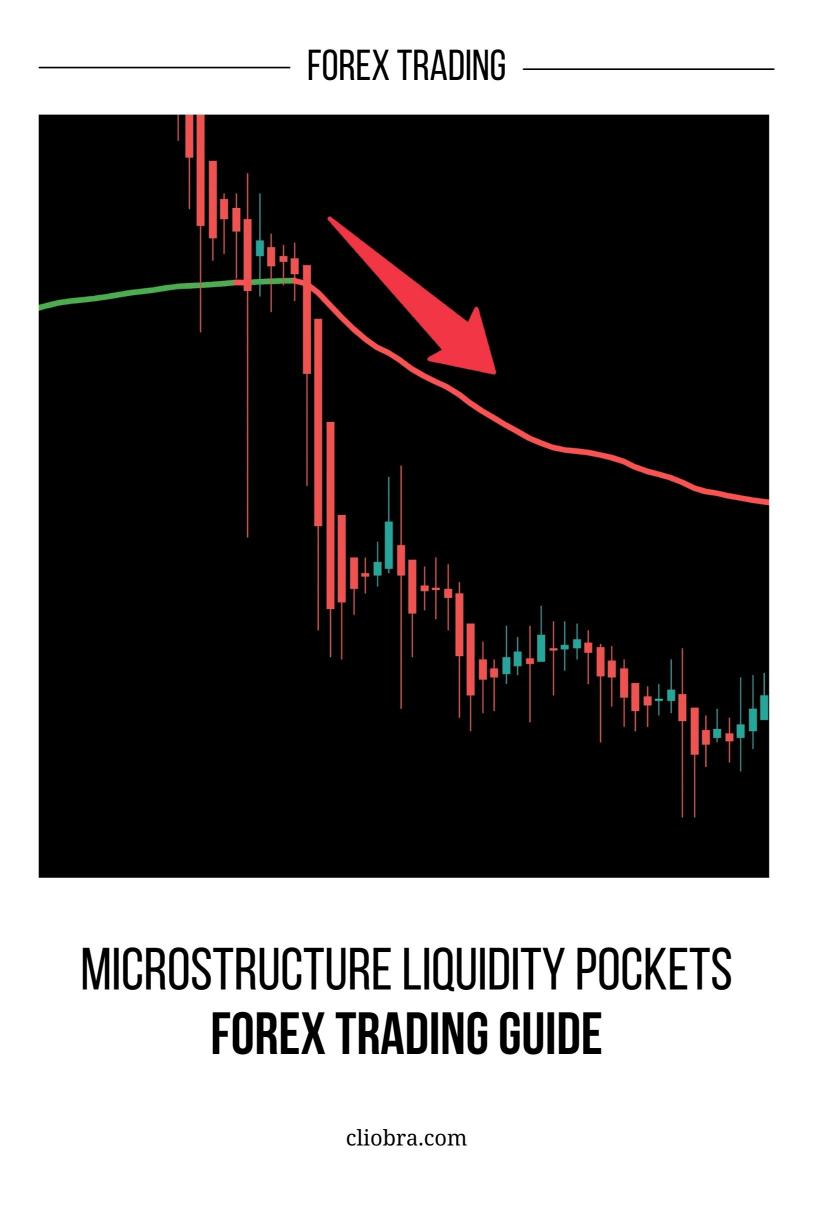Last Updated on February 15, 2025 by Arif Chowdhury
Ever wondered why some trades just seem to flow while others feel like wading through mud?
As a seasoned Forex trader since 2015, I’ve been there, and I get it.
Understanding microstructure liquidity pockets can be the difference between a smooth ride and a bumpy road.
Let’s break it down.
What Are Microstructure Liquidity Pockets?
Liquidity pockets are areas in the market where there’s a high concentration of orders.
Think of them as zones where buyers and sellers are ready to engage.
These pockets can help you identify potential trade opportunities.
So, why should you care?
Because trading in these pockets can lead to:
- Tighter spreads 📉
- Faster execution ⏱️
- Higher chances of successful trades 💰
How to Identify Them
Finding these liquidity pockets isn’t rocket science.
Here’s how to spot them:
- Look for Clusters: Use your charts to identify areas where price has bounced multiple times.
- Volume Analysis: Higher trading volume often indicates a liquidity pocket. This means there are more participants in that area.
- Order Book Insights: If you have access to an order book, look for large buy or sell orders. These can signify potential liquidity pockets.
Trading Strategies for Liquidity Pockets
Once you identify a liquidity pocket, it’s time to make your move. Here are some strategies:
- Breakout Trading: When price breaks through a liquidity pocket, it often leads to significant movement.
- Scalping: If you’re a quick trader, liquidity pockets can be ideal for short-term trades.
- Swing Trading: Hold your positions longer and capitalize on larger price movements in these pockets.
My Trading Bots and Liquidity Pockets
Now, let’s talk about my experience with liquidity pockets and automation.
I’ve developed a portfolio of 16 sophisticated trading bots.
These bots are strategically designed to capitalize on the very liquidity pockets we’re discussing.
They focus on major currency pairs like EUR/USD, GBP/USD, USD/CHF, and USD/JPY.
What’s the secret sauce?
- Diversification: Each pair has 3-4 bots that minimize correlated losses.
- Long-Term Focus: They trade on H4 charts aiming for 200-350 pips.
- Backtested for Success: I’ve tested these bots over the past 20 years, ensuring they perform well even in tough market conditions.
And here’s the kicker: I’m offering this entire EA portfolio for FREE.
You don’t want to miss this opportunity. Check it out here: my trading bots portfolio.
Why Trading in Liquidity Pockets Works
Many traders underestimate the power of liquidity pockets.
But they can significantly increase your chances of success.
Statistical fact: Studies show that trading during high liquidity periods can reduce slippage by up to 50%.
That means more of your expected profit stays in your pocket.
Best Practices to Keep in Mind
- Stay Informed: Market news can affect liquidity. Stay updated with economic calendars.
- Manage Risk: Always use stop-loss orders. Even in liquidity pockets, the market can flip on a dime.
- Review Regularly: Markets change. Regular analysis helps you adapt.
Finding the Right Brokers
To effectively trade these liquidity pockets, you need a reliable broker.
Here’s what to look for:
- Tight Spreads: The lower the spread, the better your potential profit margins.
- Fast Execution: You need your orders executed quickly, especially during breakout trades.
- Strong Customer Support: If things go wrong, you want a broker who’s got your back.
I’ve tested several brokers and can recommend some of the best. Check them out here: trusted Forex brokers.
Wrap-Up
Identifying and trading microstructure liquidity pockets can be a game-changer.
You’re not just throwing darts in the dark.
You’re strategically placing your trades where the action is.
With the right tools and knowledge, you can enhance your trading experience.
Don’t forget to leverage my FREE EA portfolio to help you navigate these pockets effectively.
Happy trading!
